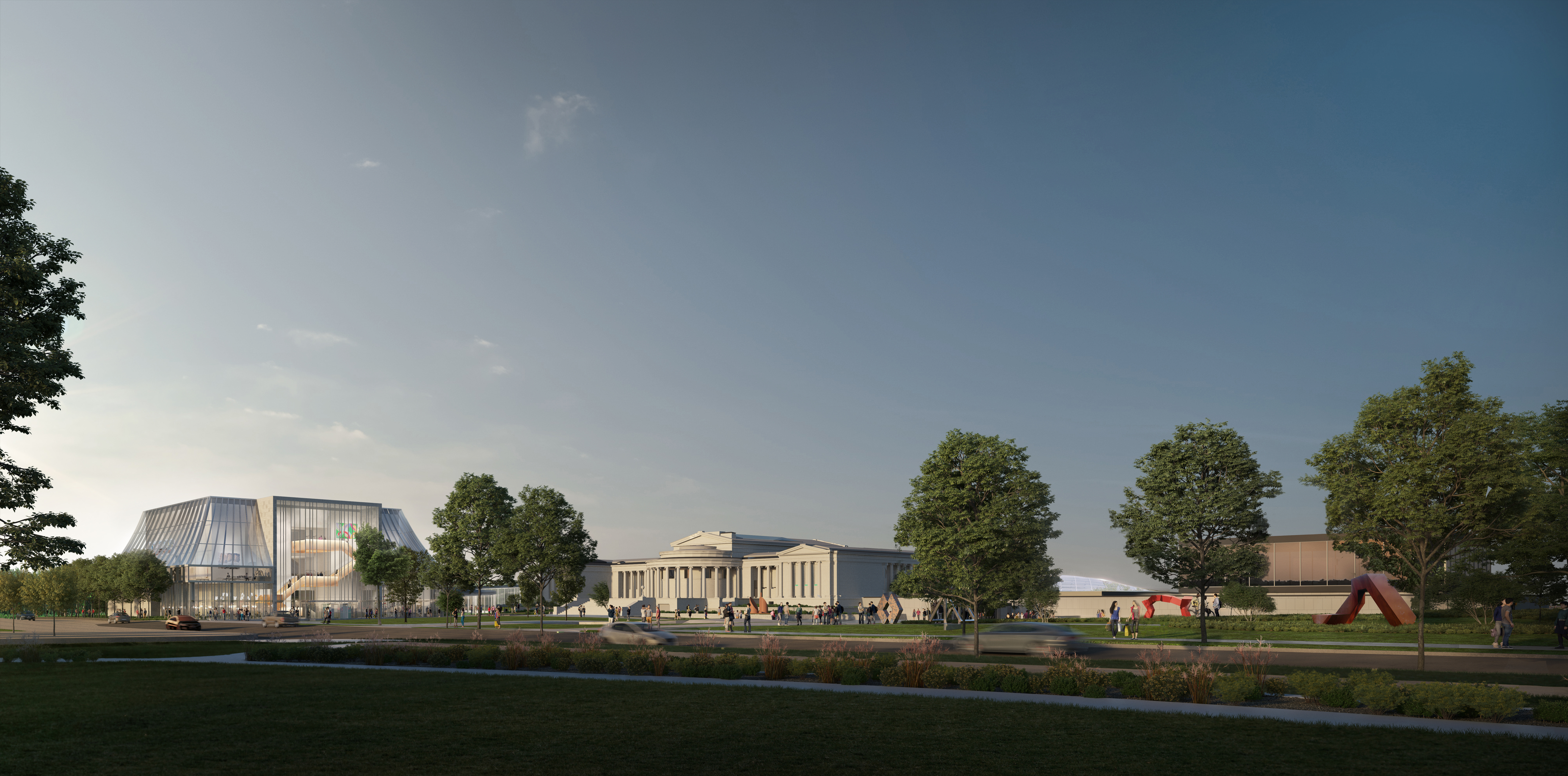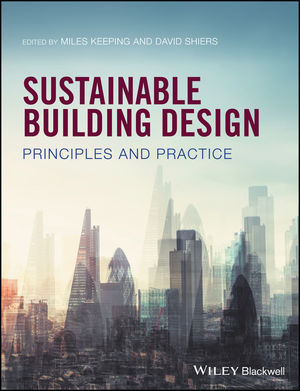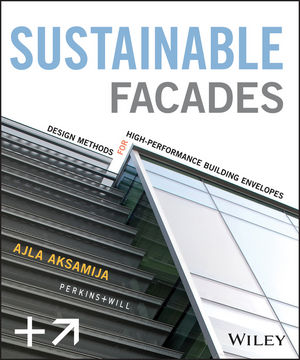Manchester International Festival Offers Preview of OMA’s Factory Building
Although it doesn't make its formal public debut until October, the OMA-designed Aviva Studios anchored this year's Manchester International Festival, which runs through July 16. Photo © Mark Waugh
It’s not often an unfinished building is the centerpiece of a major event, but Factory International, which stages the Manchester International Festival (MIF) every other year, is using its future home, designed by OMA and set to open in October, as just that. The festival, which commenced on June 29 and runs through July 16, has engaged a number of artists from around the world to create works spread throughout the English city, but inside Aviva Studios—as OMA’s building is now called—ubiquitous nonagenarian Japanese artist Yayoi Kusama has staged the largest-ever installation of her inflatables. Within the vast 70-foot-high “warehouse” of the visual and performing arts venue, Kusama’s You, Me and the Balloons features towering dolls and pumpkins, balls suspended from the ceiling, and what appear to be octopus arms emerging from the ground, all covered in the artist’s signature polka dots.

1

2

3
Yayoi Kusama's You, Me and the Balloons, which spilled out to a smaller space next to the warehouse (1,3); the OMA-designed Aviva Studios, home to Manchester's Factory International (2). Photos © David Levene (1,2), Architectural Record (3)
Also on view within this psychedelic universe—and created especially for the exhibition—are Kusama’s Clouds, soft sculptures positioned on the floor that invite visitors, for the first time, to sit or lie on the works. The installation lasts beyond the end of the festival until August 28.

Clouds by Yayoi Kusama. Photo © David Levene
This is not the first time MIF took advantage of the immense open space of OMA’s structure. During the 2021 festival, when the building was more or less a construction site, British theatrical director Deborah Warner staged the sound and light installation, Arcadia, as a space for peaceful contemplation. For two nights, audiences were invited to wander through a field of luminous tents housing a murmuring soundscape of poetry inspired by the natural world.
Manchester, considered the first industrial city and home to the world's first passenger railway stations, had by the 1980s and 90s been plagued with a reputation for being a gritty, down-on-its-luck post-industrial town. That image was only made worse by the 1996 IRA bombing in the center of the city, the biggest bomb detonated in Great Britain since WWII. But in recent years, Manchester has become one of the fastest-growing cities in Europe with a youthful population that has brought renewed energy to the Victorian metropolis in the northwest of England.
.webp)
The Festival Square at Aviva Studios. Photo © Mark Waugh
MIF, which began in 2007, has contributed to that renaissance. The festival receives support from partners ranging from the local tourist board, Marketing Manchester, to Aer Lingus, which operates daily flights from New York. Capitalizing on the local obsession with soccer, MIF23 engaged the World Cup-winning former Manchester United midfielder Juan Mata, who participated as a “player” in a new performance, co-curated by Mata and Hans Ulrich Obrist, by Berlin-based artist Tino Sehgal at the city’s National Football Museum. Other city-wide happenings include The Find, where artist Ryan Gander hid thousands of collectible coins in plain sight across Manchester—on benches and steps, and in libraries, food courts, and tucked in parking ticket machines—and his Intervention Space at Selfridges, that offers stones and pebbles for sale in a vending machine. The first encourages people to explore the city and experience everyday encounters differently, the latter raises questions about how and why we value certain objects. On the banks of the River Medlock, artist Risham Syed and director Angie Bual draw on ancient practices and river rituals from South Asian culture in Each Tiny Drop, honoring our connection to water and to each other.
 4
4
 5
5
Each Tiny Drop by Risham Syed (4); World Cup-winning former Manchester United midfielder Juan Mata participated in Tino Sehgal’s performance work at the National Football Museum, the first in a series that will bring together 11 contemporary artists and 11 footballers (5). Photos © Priti Shikotra (4), Architectural Record (5)
The opening of OMA’s building this Fall will further spur Manchester’s ongoing transformation into a dynamic creative hub. Recognizing the innovation happening in the city, Arts Council England has contributed 50 percent of the cost to build Aviva Studios—the biggest investment in the national agency’s history.







